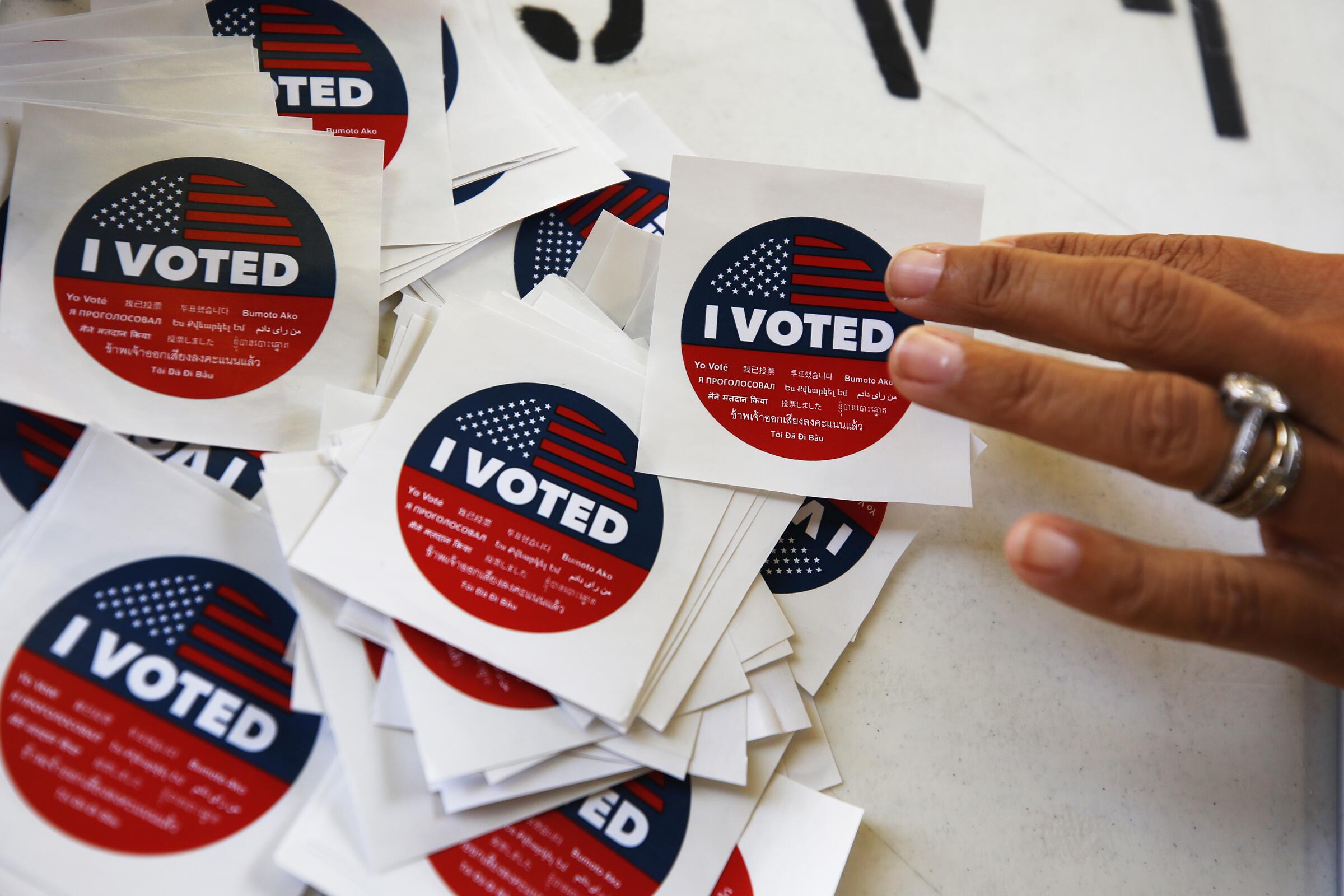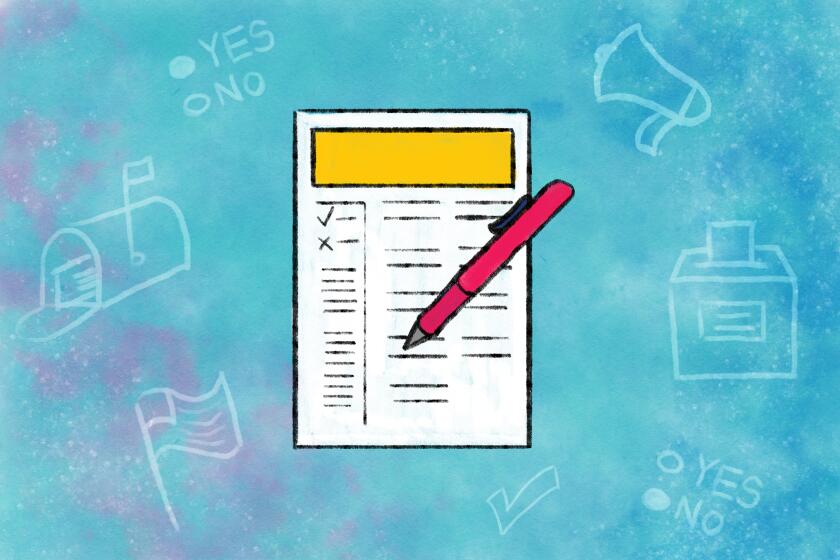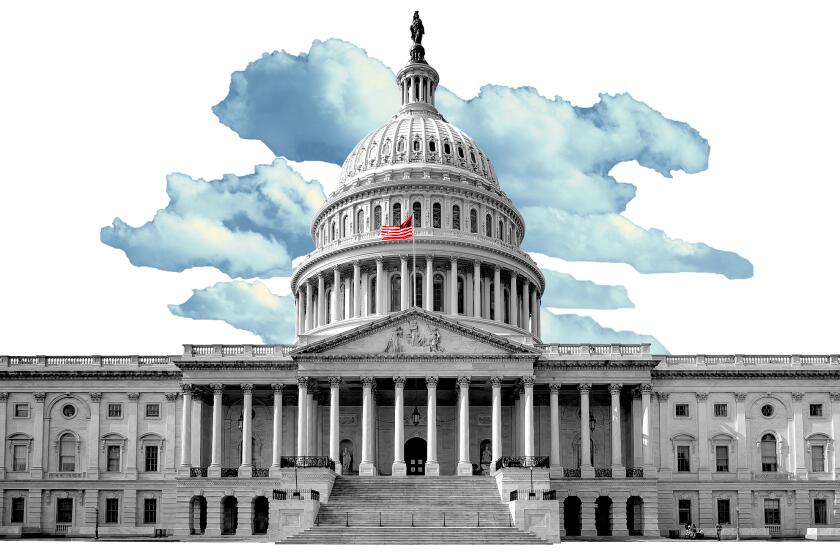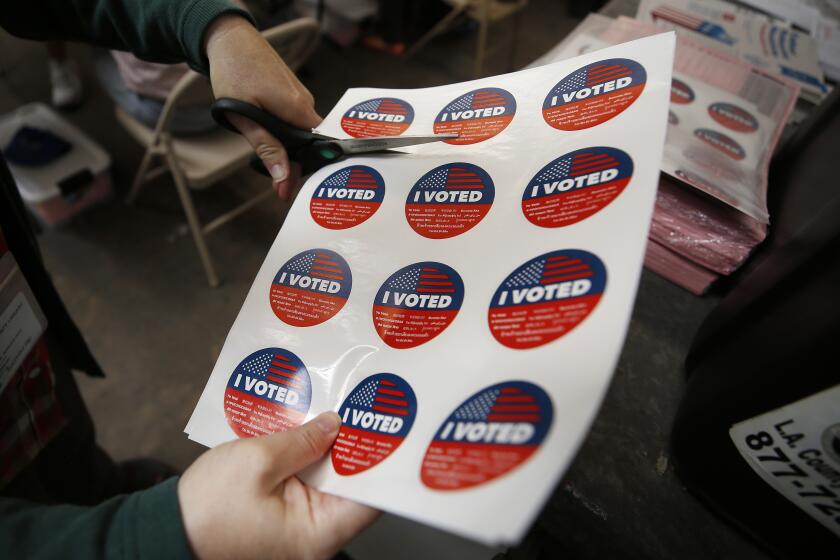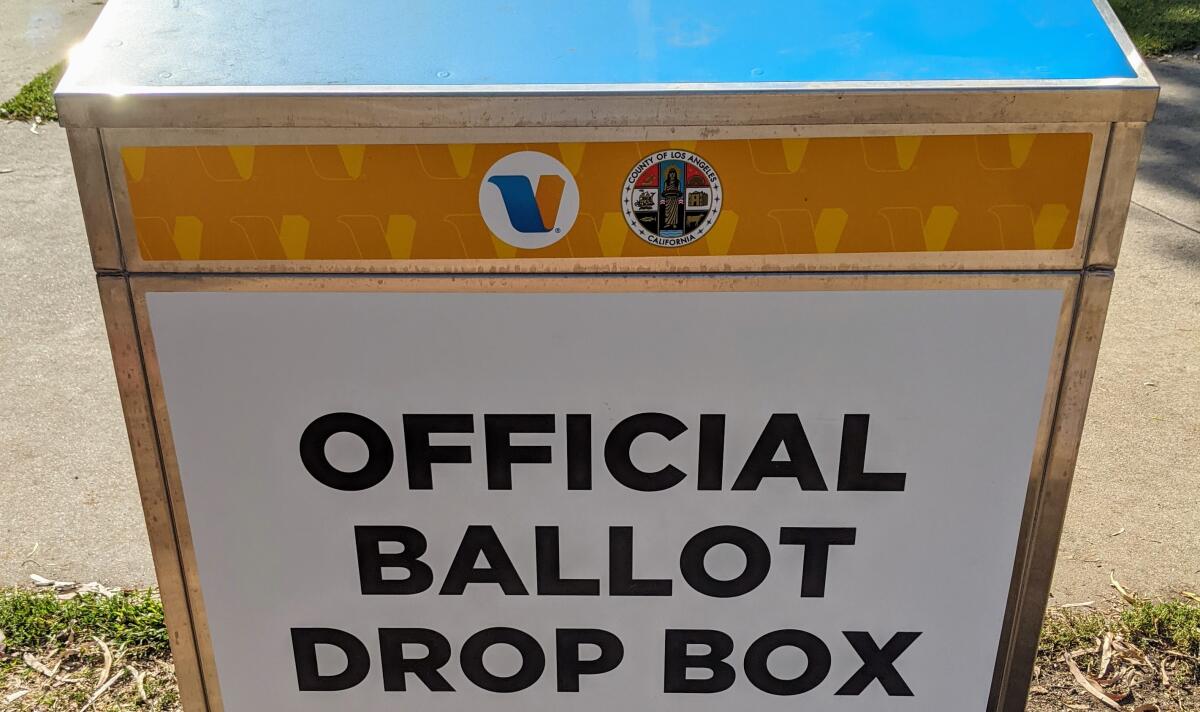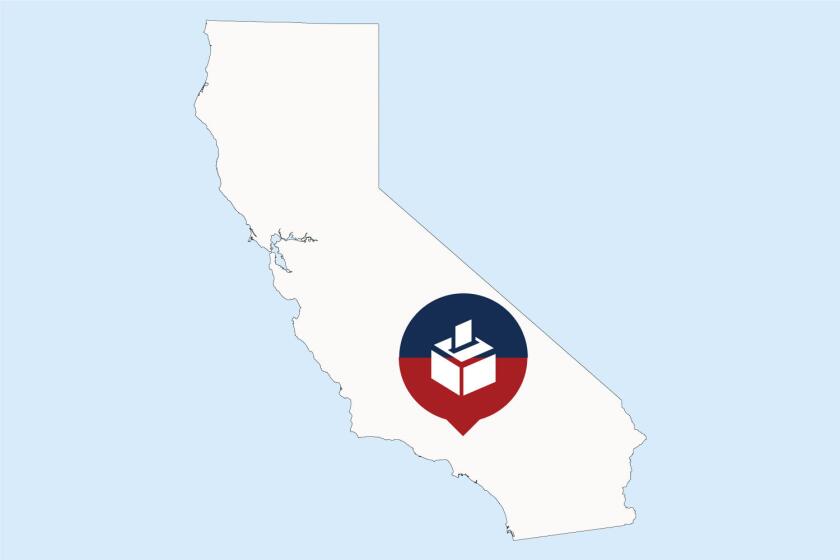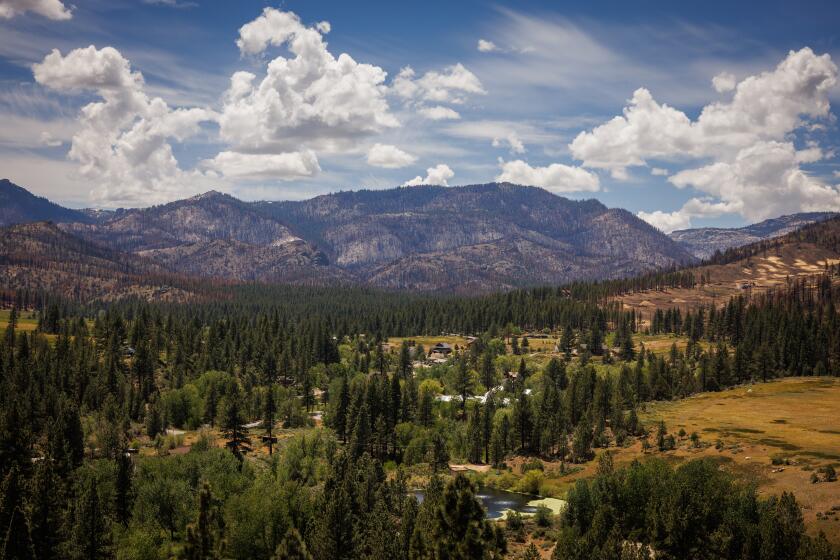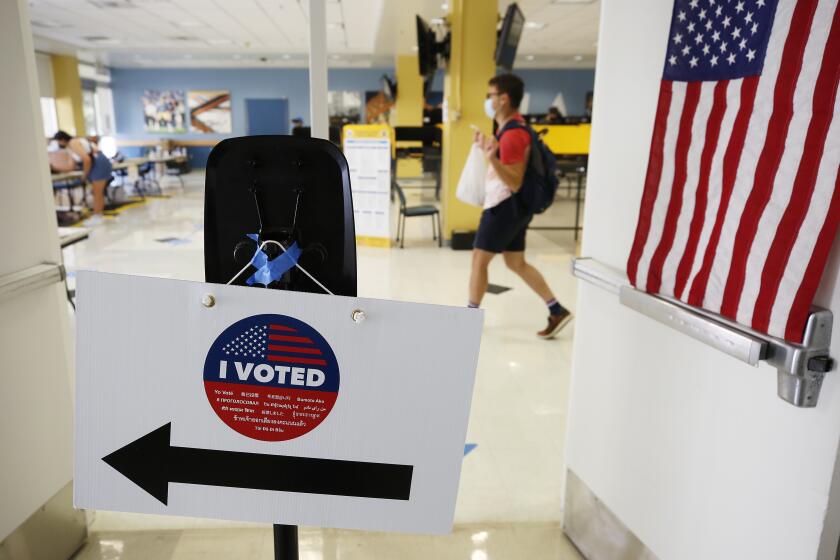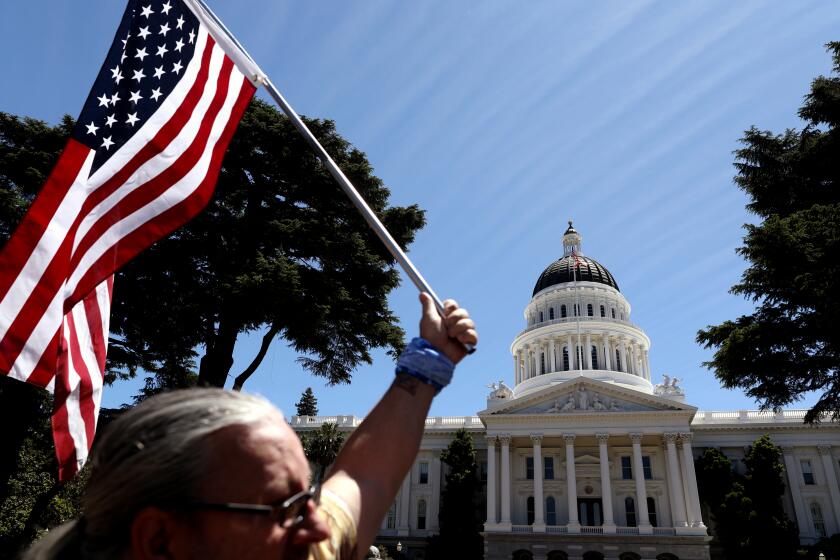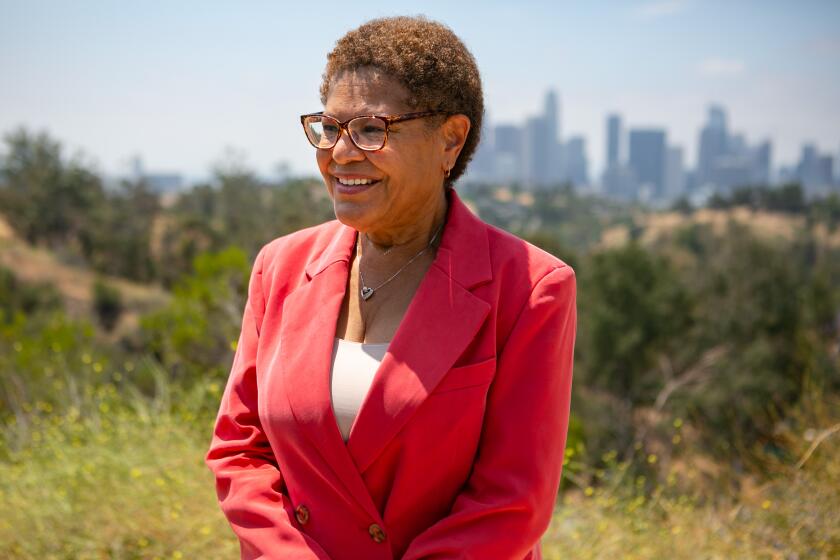Newsletter
Get the L.A. Times Politics newsletter
Deeply reported insights into legislation, politics and policy from Sacramento, Washington and beyond. In your inbox twice per week.
You may occasionally receive promotional content from the Los Angeles Times.
Priscella Vega is a former staff writer for the Los Angeles Times. Since joining The Times in 2019, Vega has covered breaking news and the Inland Empire for Metro and worked with the obituaries team to chronicle the legacies of California luminaries. She previously worked for the Daily Pilot, the Daily Breeze and the Long Beach Press-Telegram. Vega earned her journalism degree at Cal State Long Beach. She is based in the San Gabriel Valley.
